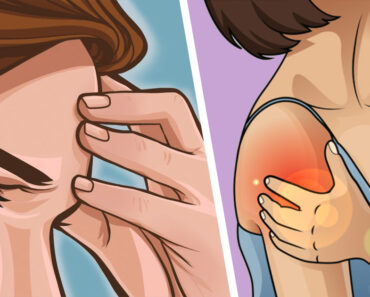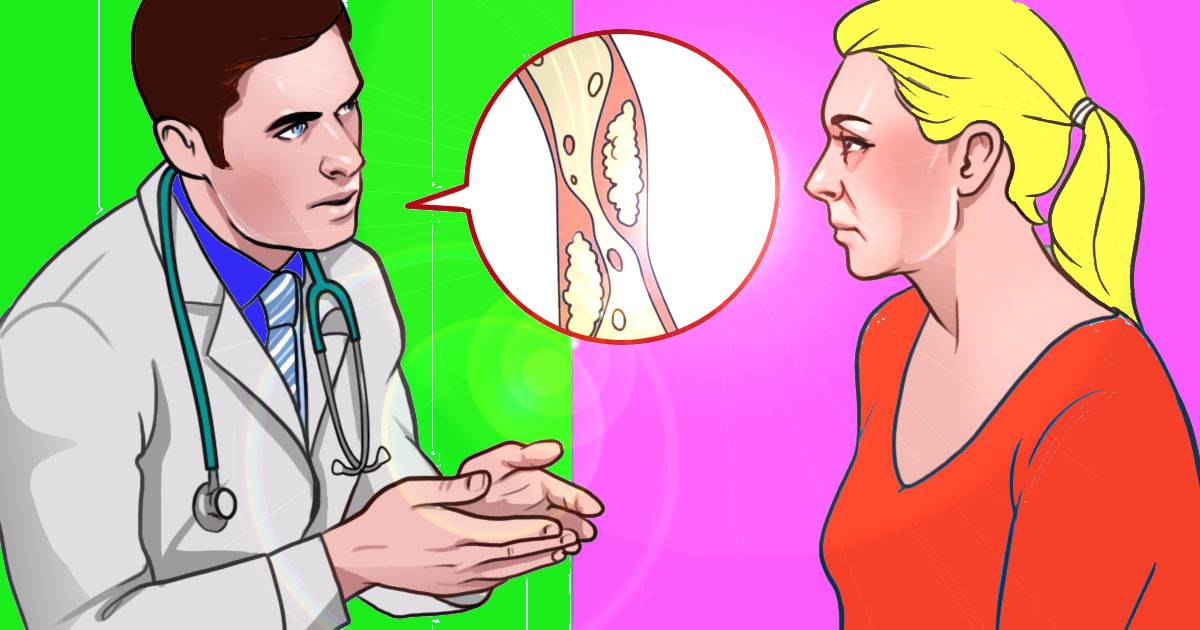Osteoarthritis risk factors

Osteoarthritis is a degenerative joint disease that anyone can get, but certain risk factors can make you more susceptible to developing the disease. Here are some of the most common risk factors for osteoarthritis:
- Age. Osteoarthritis can occur at any age, but it becomes more common with age. Your risk of developing osteoarthritis increases with age because the cartilage in your joints wears away over time. Most people with this condition are 65 years or older.
- Weight. Being overweight or obese puts stress on the joints, which can lead to osteoarthritis.
- Trauma. Joint injuries, such as those sustained while playing sports, can increase the risk of developing osteoarthritis.
- Family history: If you have a family member with osteoarthritis, you are more likely to get the disease yourself.
- Gender: Women are more likely to develop osteoarthritis than men.
- Repetitive use: Work or activities that put repeated stress on the joint (such as running or playing tennis) can increase the risk of developing osteoarthritis in that joint.
Diagnosis
If you experience any of the symptoms of osteoarthritis, it’s important to see a doctor as soon as possible, especially if you experience pain, stiffness, or swelling in any of your joints. These symptoms can indicate early osteoarthritis, and the sooner you notice it, the better.
There are many different options for treating osteoarthritis, so it’s important to start a plan as soon as possible. If you wait too long, the condition could progress and become more difficult to treat.
There are several ways that doctors can diagnose osteoarthritis.
Physical exam
Your doctor will check your joints for pain and tenderness, as well as swelling or redness. They may also ask you to perform simple tests, such as moving your joints fully or standing on one leg.
X-ray
X-ray is the most common imaging modality used to diagnose osteoarthritis. They may show narrowing of the space between the joints and bone spurs or cysts.
Magnetic resonance imaging
Magnetic resonance imaging (MRI) can also diagnose osteoarthritis. An MRI can show cartilage damage and any inflammation in the joints. An MRI isn’t usually used to diagnose osteoarthritis, but it may be used if your doctor suspects you have another condition, such as rheumatoid arthritis.
Blood test
Blood tests are not used to diagnose osteoarthritis, but they may be done to rule out other conditions that can cause similar symptoms.
Joint fluid analysis
Joint fluid testing involves taking a sample of fluid from the joints and then examining it under a microscope. This can help rule out other conditions such as gout or rheumatoid arthritis.
Your doctor will likely use more than one of these methods to diagnose osteoarthritis. The exact method or combination of methods used will depend on factors such as age, symptoms, and medical history.




